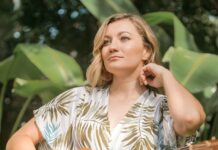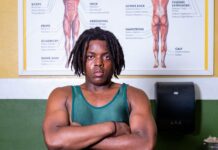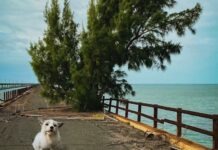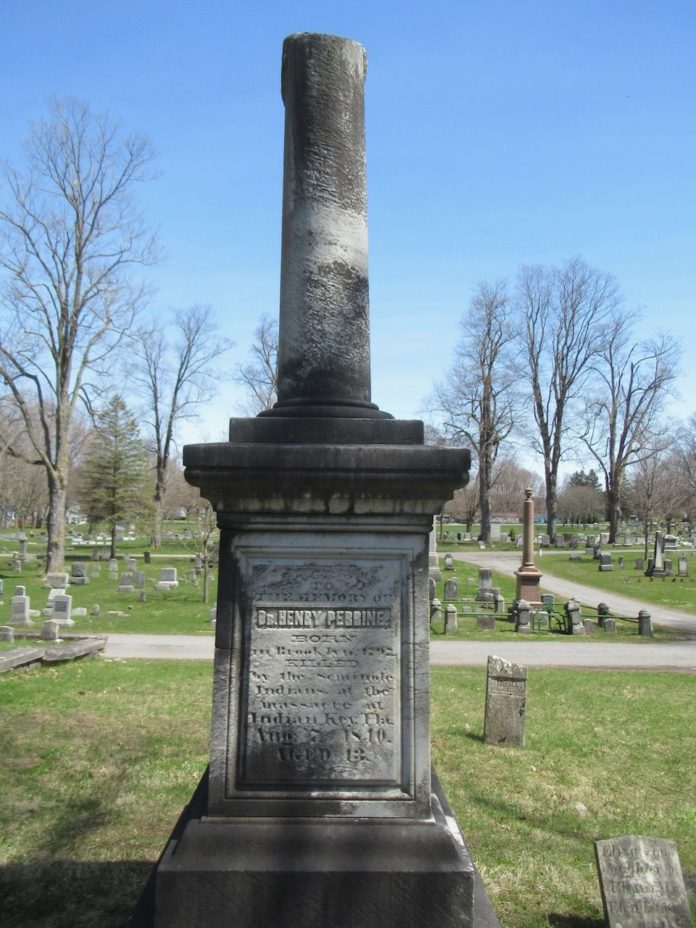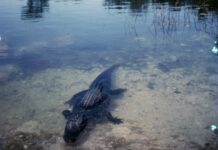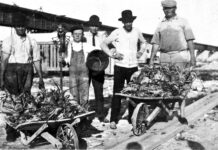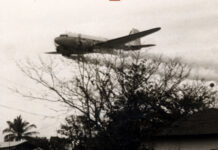Moving to the Florida Territory during the second escalation of the Seminole War proved a costly decision for Dr. Henry Perrine. He felt the island was far enough removed from the hostilities. The doctor was mistaken. The reality of the war arrived on Indian Key in 1837. After an attack at Key Largo’s Garden Cove, two scalped bodies were brought to the island. One of the bodies was the lightship Florida’s Captain John Whalton.
Anxious to develop his Tropical Plant Company, Perrine arrived at Indian Key with his family on Christmas Day 1838. According to an 1839 letter by Commodore Isaac Mayo, the island was still under the threat of attack. “I consider the post of great importance, for should the Indians capture it, they would be abundantly supplied with ammunition and arms, also a large supply of provisions.”
In the early days of August 1840, Perrine visited his experimental nursery on Lower Matecumbe Key. His daughter Hester wrote, “One memorable day, only three days before the Indians came to Indian Key, father and I went over, and he did but little work and then telling me that ‘he had found a place where it would be pleasant for us to lunch’ took me about a mile down the beach and then turning into the forest soon brought me to a spot where he parted the branches and there was a ‘Fairy Grotto’. In the center was a small sparkling spring perhaps ten or fifteen feet across; various cacti in bloom and fruit, with other flowers upon the bank. … The overarching trees interlacing their boughs, while innumerable air plants in full bloom added brilliancy to the scene, the sun scarcely penetrating.”
Days later, in the early morning hours of Aug. 7, Indians attacked the island. At the time, about 50 people lived on Indian Key. Perrine and his family were asleep in their home when shots rang out across the island. His family hid in a turtle crawl beneath the dock in front of the house. Perrine stayed inside and tried to reason with the Indians. Some of them spoke Spanish. At first, it worked, but they came back, climbed the ladder, and burst through the trap door leading to the cupola where Perrine hid. The doctor was shot, and the house set afire.
His wife and three children heard the horrific event but survived. They buried his body near some sisal agave at his Lower Matecumbe nursery before moving back to Palmyra, New York. Charles Howe, one of Perrine’s partners in the Tropical Plant Company, sent his children to live with them. It took decades for the Florida government to grant the land promised to Perrine’s plant company. His widow Ann petitioned the government to no avail. Charles Howe worked to have the land grant recognized, but his efforts failed, too. In 1875, Henry Perrine Jr., who survived the attack at Indian Key as a boy, returned to South Florida as a man of nearly 50 with hopes of proving his family’s claim to the 36-square-mile plot of land.
In 1876, he visited Indian Key but could not find his father’s Lower Matecumbe Key burial site. His grave was moved metaphorically to the Palmyra Cemetery in Wayne County, New York, where a marker honors his memory. Upon visiting Indian Key and his father’s former nursery sites, the only plants he found growing from his father’s collection were sisal agave and lime trees.
Citrus aurantiifolia, commonly called the Key lime, is often credited as one of the approximately 72 species of plants Perrine introduced from Mexico. However, by the time Perrine first ventured to the Yucatan Peninsula in 1827, the lime was already established in Cuba and South Florida. An advertisement dated Feb. 18, 1829, and published in the Key West Register and Commercial Advertizer makes that clear: “For Sale a Valuable Tract of Land Near Cape Florida Situare (sic) on the Miami River. The Land is very good and will produce Sugar Cane or Sea Island Cotton, equal if not superior to any other part of the Territory. There is a present number of bearing Banana and Lime trees and the fruit is inferior to none raised in the Island of Cuba.”
The tract of land for sale belonged to James Egan, who moved to Indian Key. In 1832, he built a two-and-a-half-story structure topped by a cupola that was advertised in Key West as a boarding house promising to “Render satisfaction to those who may favor him with their company.” Egan later sold the house to Jacob Housman, who sold it to Charles Howe for a considerable profit. Howe lived nearby in a large, single-story home. When Perrine and his family arrived at Indian Key on Christmas Day, it was Egan’s former boarding house where they lived and where the good doctor was murdered.
The land grant promised Perrine for his Tropical Plant Company was finally put in the family name on April 28, 1897. Today, that area is known as Perrine, Florida, and is located about midway between Homestead and Miami.










